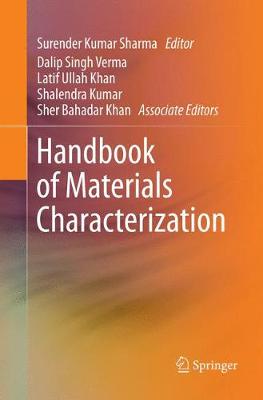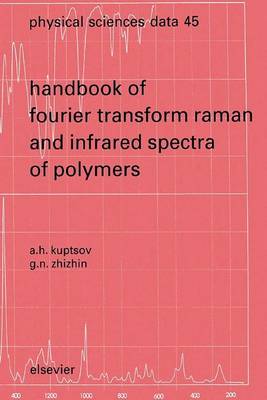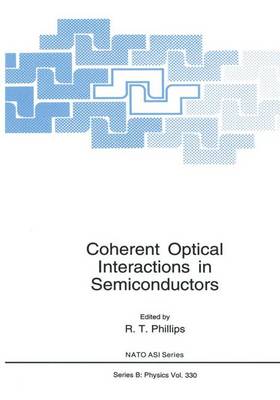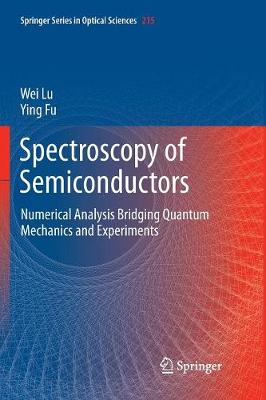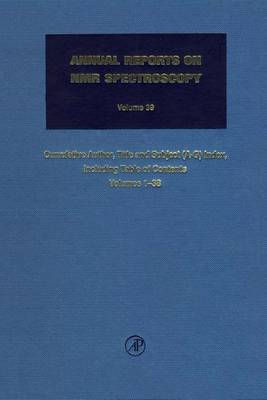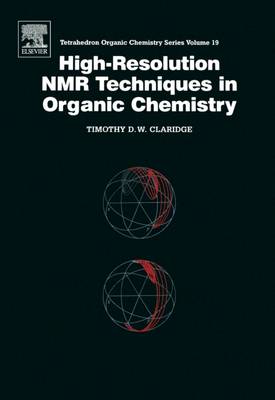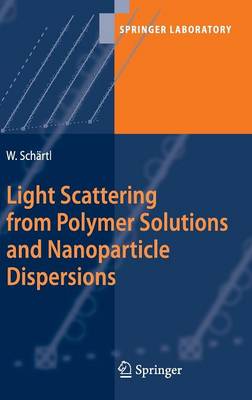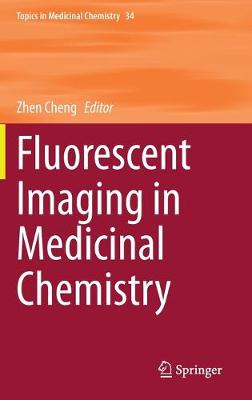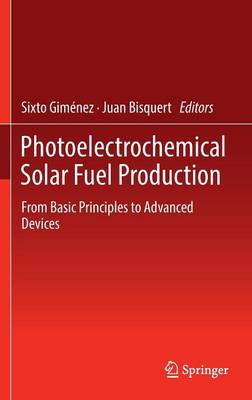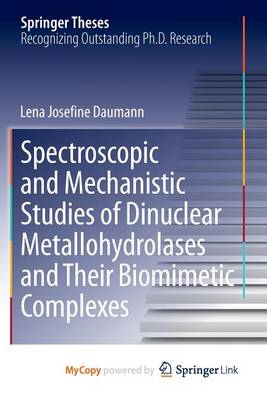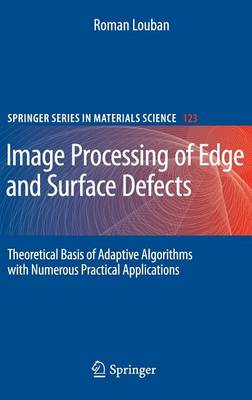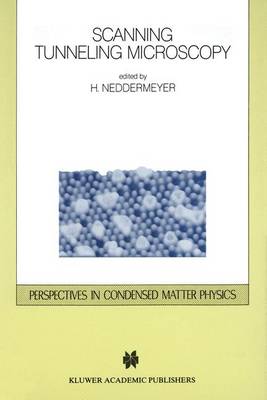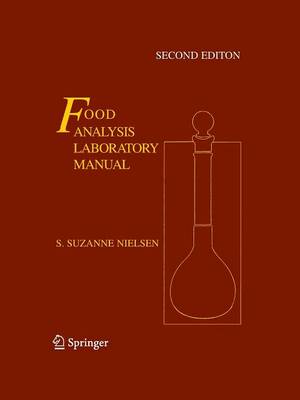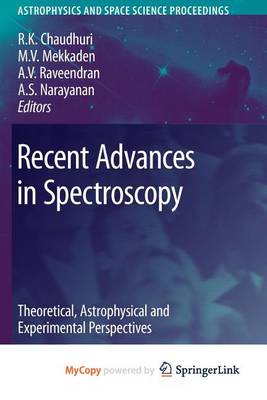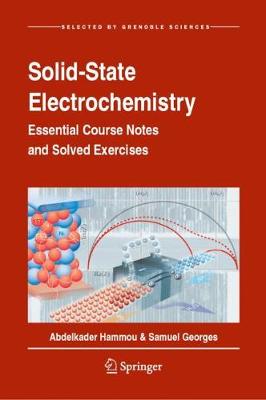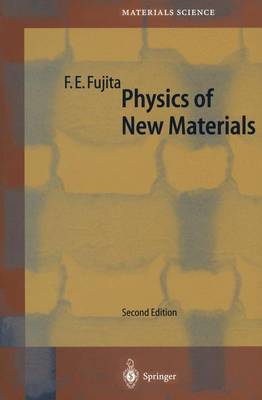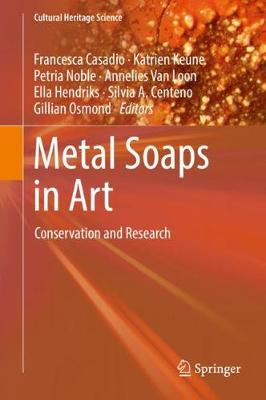Handbook of Materials Characterization
This book focuses on the widely used experimental techniques available for the structural, morphological, and spectroscopic characterization of materials. Recent developments in a wide range of experimental techniques and their application to the quantification of materials properties are an essential side of this book. Moreover, it provides concise but thorough coverage of the practical and theoretical aspects of the analytical techniques used to characterize a wide variety of functional nanoma...
Handbook of Fourier Transform Raman and Infrared Spectra of Polymers (Physical Sciences Data, #45)
by A H Kuptsov and G N Zhizhin
Spectroscopy of Semiconductors (Springer Series in Optical Sciences, #215)
by Wei Lu and Ying Fu
The science and technology related to semiconductors have received significant attention for applications in various fields including microelectronics, nanophotonics, and biotechnologies. Understanding of semiconductors has advanced to such a level that we are now able to design novel system complexes before we go for the proof-of-principle experimental demonstration. This book explains the experimental setups for optical spectral analysis of semiconductors and describes the experimental method...
Cumulative Subject and Author Indexes for Volumes 1-38, Part 1
by Graham A Webb
High-Resolution NMR Techniques in Organic Chemistry (Tetrahedron Organic Chemistry, #19)
by Timothy D W Claridge and T. Claridge
From the initial observation of proton magnetic resonance in water and in paraffin, the discipline of nuclear magnetic resonance has seen unparalleled growth as an analytical method. Modern NMR spectroscopy is a highly developed, yet still evolving, subject which finds application in chemistry, biology, medicine, materials science and geology. In this book, emphasis is on the more recently developed methods of solution-state NMR applicable to chemical research, which are chosen for their wide a...
Light Scattering from Polymer Solutions and Nanoparticle Dispersions (Springer Laboratory)
by Wolfgang Schartl
Light scattering is a very powerful method for characterizing the structure of polymers and nanoparticles in solution. As part of the Springer Laboratory series, this book provides a simple-to-read and illustrative textbook probing the seemingly very complicated topic of light scattering from polymers and nanoparticles in dilute solution, and goes further to cover some of the latest technical developments in experimental light scattering.
Fluorescent Imaging in Medicinal Chemistry (Topics in Medicinal Chemistry, #34)
This book reviews the most recent developments of fluorescent imaging techniques for medicinal chemistry research and biomedical applications, including cell imaging, in vitro diagnosis and in vivo imaging. Fluorescent imaging techniques play an important role in basic research, drug discovery and clinical translation. They have great impact to many fields including chemical biology, cell biology, medical imaging, cancer diagnosis and treatment, pharmaceutical science, among others, and they ha...
Density Matrix Theory and Its Applications in NMR Spectroscopy
by Thomas C. Farrar and John E Harriman
Photoelectrochemical Solar Fuel Production
This book explores the conversion for solar energy into renewable liquid fuels through electrochemical reactions. The first section of the book is devoted to the theoretical fundamentals of solar fuels production, focusing on the surface properties of semiconductor materials in contact with aqueous solutions and the reaction mechanisms. The second section describes a collection of current, relevant characterization techniques, which provide essential information of the band structure of the semi...
Spectroscopic and Mechanistic Studies of Dinuclear Metallohydrolases and Their Biomimetic Complexes
by Lena Daumann
Image Processing of Edge and Surface Defects (Springer Series in Materials Science, #123)
by Roman Louban
The human ability to recognize objects on various backgrounds is amazing. Many times, industrial image processing tried to imitate this ability by its own techniques. This book discusses the recognition of defects on free-form edges and - homogeneous surfaces. My many years of experience has shown that such a task can be solved e?ciently only under particular conditions. Inevitably, the following questions must be answered: How did the defect come about? How and why is a person able to recognize...
Electronic Properties of Graphene Heterostructures with Hexagonal Crystals
by John Wallbank
Scanning Tunneling Microscopy (Perspectives in Condensed Matter Physics, #6)
The publication entitled "Surface Studies by Scanning Tunneling Mi Rl croscopy" by Binnig, Rohrer, Gerber and Weibel of the IBM Research Lab oratory in Riischlikon in 1982 immediately raised considerable interest in the sur face science community. It was demonstrated in Reference R1 that images from atomic structures of surfaces like individual steps could be obtained simply by scanning the surface with a sharp metal tip, which was kept in a constant distance of approximately 10 A from the sa...
Domain Electrical Instabilities in Semiconductors (Studies in Soviet Science)
by Bonch-Bruevich
Nanoscale Transistors (Springer Series in Synergetics, #325)
by Jing Guo and Mark Lundstrom
To push MOSFETs to their scaling limits and to explore devices that may complement or even replace them at molecular scale, a clear understanding of device physics at nanometer scale is necessary. Nanoscale Transistors provides a description on the recent development of theory, modeling, and simulation of nanotransistors for electrical engineers, physicists, and chemists working on nanoscale devices. Simple physical pictures and semi-analytical models, which were validated by detailed numerical...
This second edition laboratory manual was written to accompany Food Analysis, Fourth Edition, ISBN 978-1-4419-1477-4, by the same author. The 21 laboratory exercises in the manual cover 20 of the 32 chapters in the textbook. Many of the laboratory exercises have multiple sections to cover several methods of analysis for a particular food component of characteristic. Most of the laboratory exercises include the following: introduction, reading assignment, objective, principle of method, chemicals...
Recent Advances in Spectroscopy (Astrophysics and Space Science Proceedings)
In recent years there have been great advances in the fields of laboratory and astronomical spectroscopy. These have been equally matched by large-scale computations using state-of-the-art theoretical methods. The accurate atomic opacities that are available today play a great role in the field of biomedical research using nanotechnology. The proceedings of the "International Conference on Recent Advances in Spectroscopy: Theoretical, Experimental and Astrophysical Perspectives" contain both inv...
This book presents a blueprint for researchers in the area of nanotechnology for chemical defense, especially with regard to future research on detection and protection. It addresses the synthesis of complex nanomaterials with potential applications in a broad range of sensing systems. Above all, it discusses novel experimental and theoretical tools for characterizing and modeling nanostructures and their integration in complex systems. The book also includes electronic structure calculations...
Solid-State Electrochemistry
by Abdelkader Hammou and Samuel Georges
This book features the essential material for any graduate or advanced undergraduate course covering solid-state electrochemistry. It provides the reader with fundamental course notes and numerous solved exercises, making it an invaluable guide and compendium for students of the subject. The book places particular emphasis on enhancing the reader's expertise and comprehension of thermodynamics, the Kroeger-Vink notation, the variation in stoichiometry in ionic compounds, and of the different typ...
This monograph starts from basic science, especially solid-state physics, and moves onto the research and development of advanced materials. Emphasis is placed on the electronic and atomic structures and properties of transition-metal systems, liquid and amorphous materials, the nano-phase materials, layered compounds, martensite and other structurally transformed materials, and ordered alloys. The treatment also details physical aspects and principles of new materials, such as strong ferromagne...
Metal Soaps in Art (Cultural Heritage Science)
This go-to reference work surveys the current state of knowledge in the field of metal soap-related degradation phenomena in art works. It contains detailed descriptions and images of the different phenomena and addresses the practical aspects of soap formation, preventive conservation, and treatment. The occurrence of metal soaps is one of the defining issues in the conservation of painted surfaces, and one that presently leaves innumerable open questions. It is estimated that around 70% of pa...
